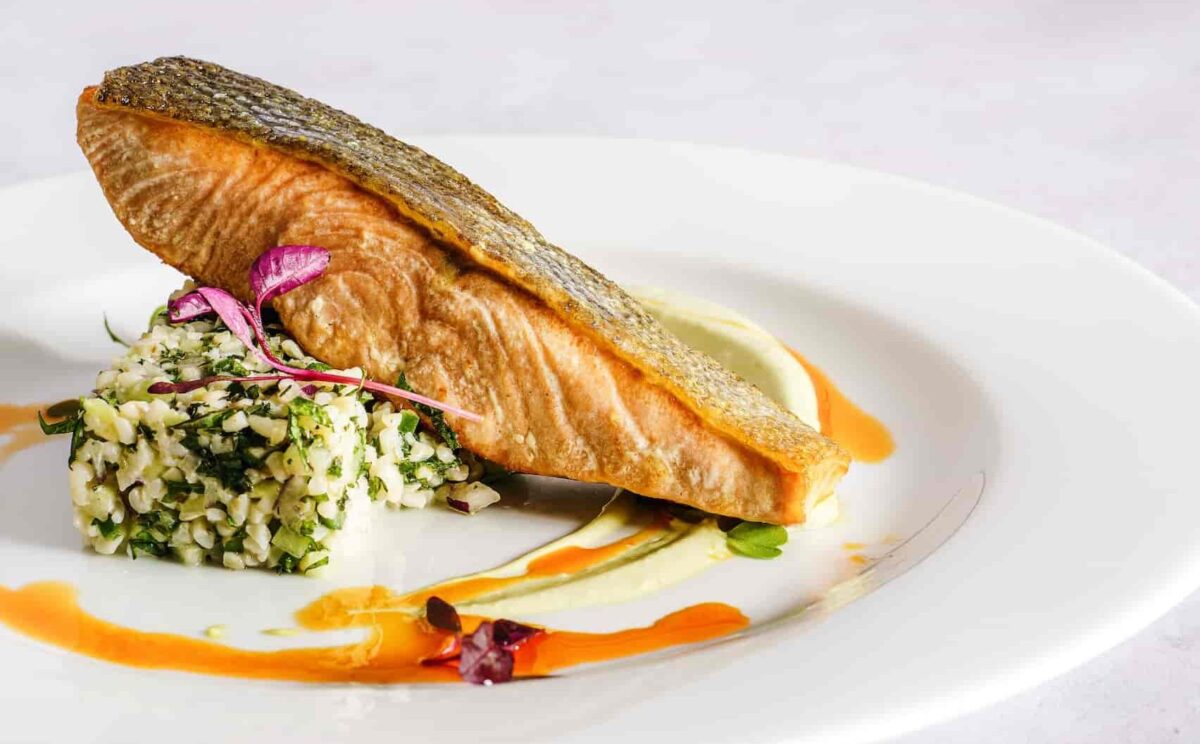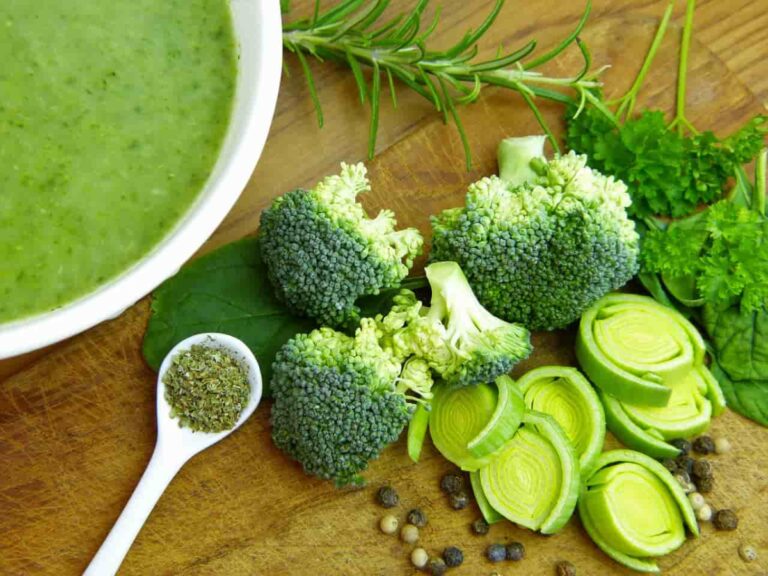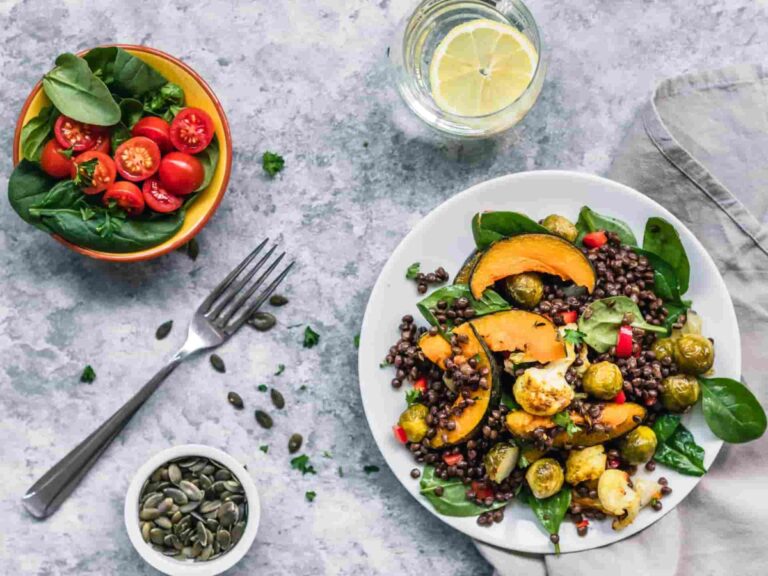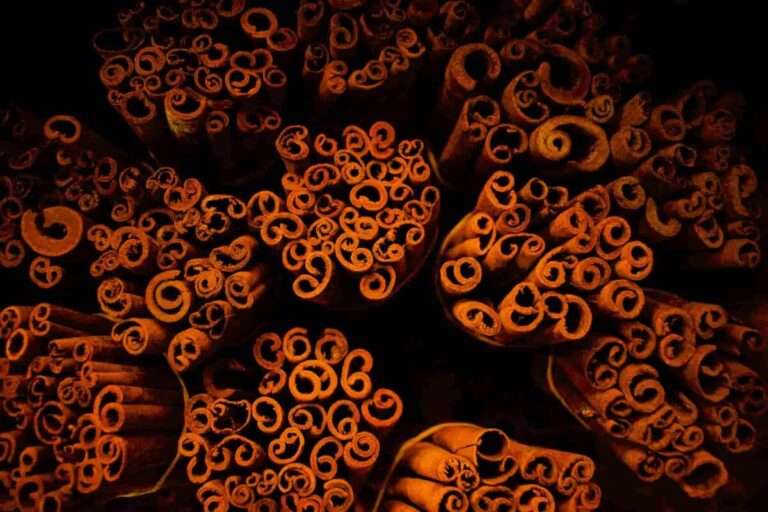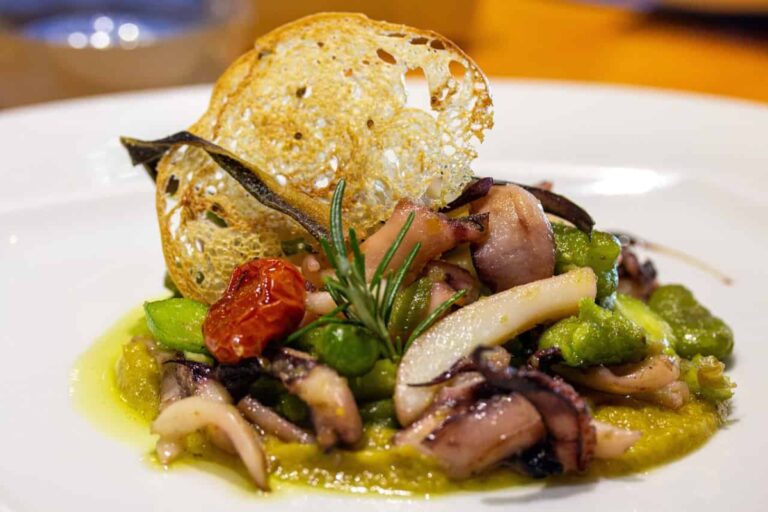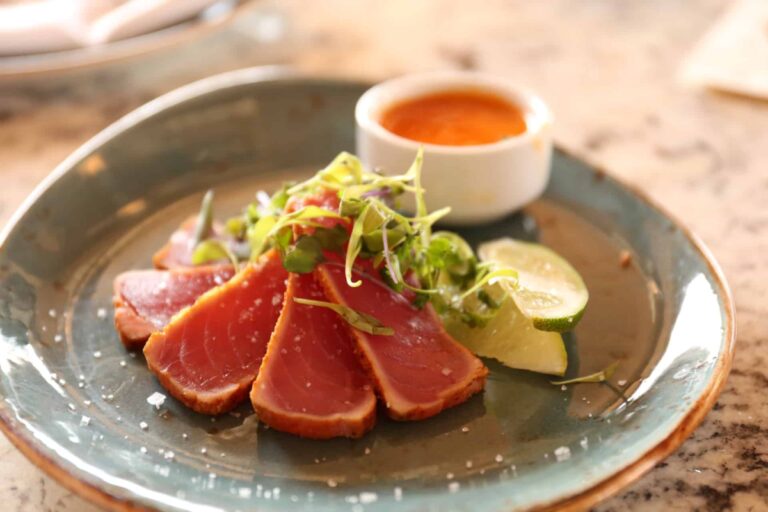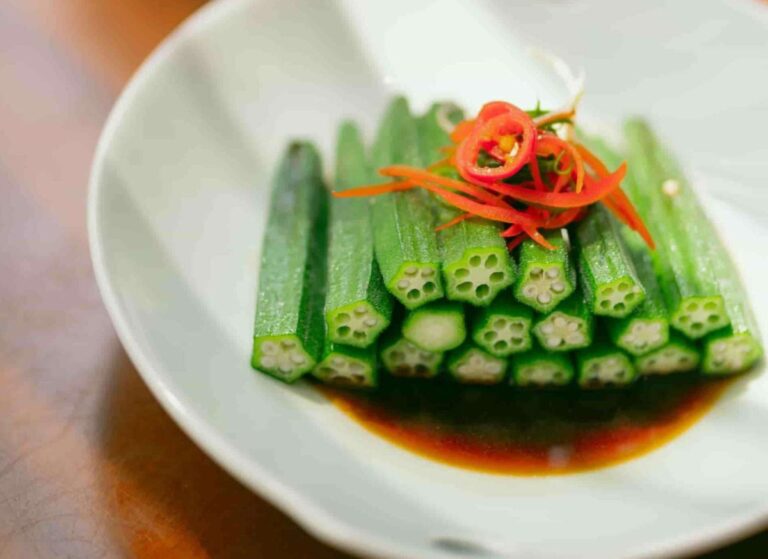Salmon 101- kitchen insights and benefits
Did you know that in order for salmon to return to the stream where they spawned, they had to travel for hundreds of miles?
- Salmon are often anadromous, which means that they begin their lives in fresh water, move to the ocean to grow and mature, and then return to fresh water to spawn. One of nature’s greatest achievements is the voyage that those fish that are able to reproduce after surviving their attempt to do so. While many simply do not have the fat reserves to finish the journey, others are forced to fight their way through fishing nets, across power dams, up waterfalls and rapids, and fight their way past eagles, otters, and bears on their way to their objective.
- The magnetic field of the Earth is thought by scientists to be used by salmon as a kind of compass while they are swimming. As soon as they identify the river they came from, they begin utilising their sense of smell to go back to the stream where they were born. When they are young fish, they begin their journey to the ocean, which is when they begin to construct their “smell memory bank.”
- The outside of a salmon may look quite different depending on the species. They might have a silvery or greenish overall appearance and be covered with black dots or stripes. Salmons undergo a metamorphosis that causes a change in their body colour when they migrate from saltwater to freshwater environments during the mating season.
- Native American religion and culture, as well as the mythologies of other cultures such as the Celtic, Nordic, Irish, and Welsh, place a significant spiritual and cultural emphasis on salmon.
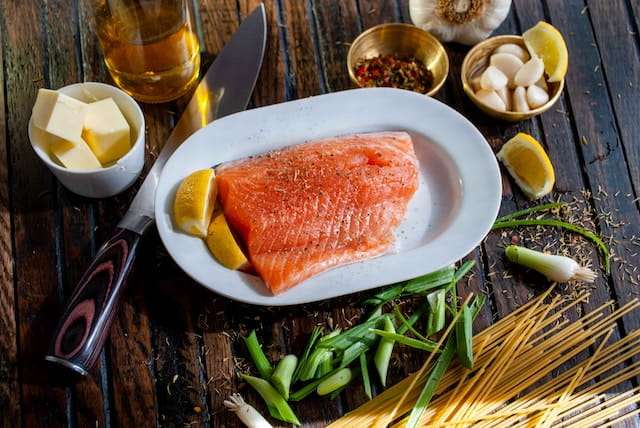
Salmon nutrition values and health benefits
- Salmon supplies vitamin A and various B vitamins. It is one of the very few natural dietary sources of vitamin D (other natural food sources include wild salmon, which is very rich in vitamin D). Additionally, salmon is an excellent source of several different nutrients, such as magnesium, potassium, phosphorus, zinc, and selenium. Additionally, since the edible bones are included, canned salmon is an excellent source of calcium.
- When it comes to maintaining a healthy heart, professionals advise eating fish at least twice a week. It has been shown that those who consume fish on a daily basis are protected against a variety of cardiovascular problems. Omega-3 fats help prevent blood clots, which may lead to strokes, and decrease inflammation, which is a significant factor in the development of heart disease. Potassium, which helps maintain a healthy blood pressure, may be found in abundance in salmon.
- Vitamin D and calcium are two key bone-building elements, and wild salmon is a good source of both of these nutrients. The quantity of vitamin D that may be obtained from farmed salmon is very variable since it is dependent on the kind of feed that is utilised. According to the findings of many studies, boosting the amount of vitamin D that is present in farm-raised salmon would have a beneficial impact on the bone health of humans. The high protein content of salmon also aids to the health of bones and joints by strengthening the strength of muscles.
- The protein found in salmon contains all of the essential amino acids, including the amino acids that are precursors to the mood-regulating neurotransmitters. There is a correlation between eating fish and having a decreased chance of developing depression. Salmon is rich in omega-3 fatty acids, which are not only healthy for the brain but also have been shown in a number of studies to have a positive effect on mood.
- The omega-3 fatty acids found in salmon, notably DHA, have been shown to have a significant impact on the development of the brain and nervous system in developing foetuses. It has been shown that insufficient omega-3 consumption during pregnancy and lactation might impede the development of the brain in the new born. Salmon, as opposed to bigger fish such as tuna or swordfish, has a reduced mercury content, making it a preferable option for expectant mothers who are interested in eating fish throughout their pregnancy.
- Omega-3 fatty acids have been linked in certain studies to the ability to protect against cognitive decline caused by conditions such as Alzheimer’s disease. Even while further study is required to prove this advantage, it seems that the whole nutrient intake from whole meals has cumulative benefits that are greater than those of omega-3 supplementation on its own.
- Anaphylaxis is one of the most prevalent symptoms of a fish allergy, which may be potentially fatal. This includes an allergy to salmon. There is a distinction between allergies to fish and allergies to other forms of seafood, such as shellfish. It is not unheard of for people to develop an allergy to fish later in life rather than when they were children.
- Eating wild salmon as opposed to farmed salmon is a topic that sparks considerable debate. Although earlier research claimed that farm-raised salmon included greater levels of mercury, more current research has demonstrated that this is not the case at all. In point of fact, there have been some studies that have shown that farm-raised salmon may actually have less mercury in some regions.
- Researchers have expressed some level of worry due to the fact that researchers have shown a relationship between chronic mercury intake and an increased risk of obesity, type 2 diabetes, metabolic disorders, stroke, and cancer in some populations. However, experts also agree that the possible health advantages of eating salmon may exceed any potential dangers.
100g of salmon has 182 calories (761kj), 25g protein, 8g fat, and 0g carbs, including 0g fibre.
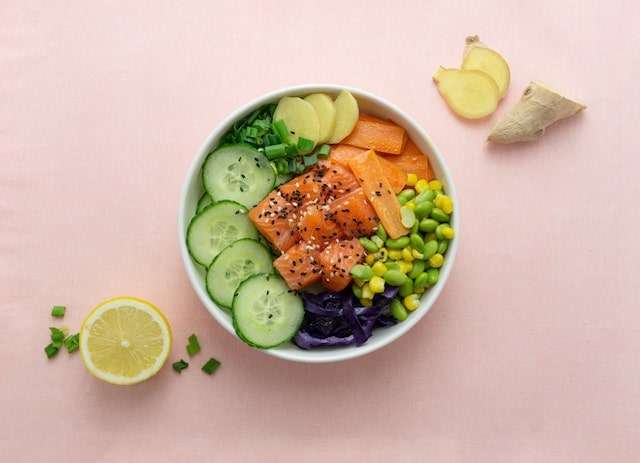
How to store salmon and how to buy them
- Salmon is a tasty and healthy fish, but it is essential to know how to properly store it in order to preserve its flavour and nutrients. The following is a brief overview of the salmon’s storage life:
- Salmon purchased fresh should be used within two to three days after purchase at the latest. It has to be kept in the refrigerator at a temperature of at least 40 degrees Fahrenheit (4 degrees Celsius). The salmon will keep for a longer period of time if it is fresher.
- Salmon that has been frozen may be kept for up to three to six months if it is kept at 0 degrees Fahrenheit (-18 degrees Celsius) or below. However, in order to get the most flavour and texture out of frozen salmon, it should be consumed within three months after being frozen.
- Salmon that has been cooked may be stored in the refrigerator for up to three to four days if it is placed in a container that is airtight.
- If frozen fish is stored at a temperature low enough to prevent the formation of ice crystals within the packaging, it has the potential to remain edible for up to six months after it has been frozen. Should be wrapped firmly with plastic wrap or covered in a heavy-duty freezer bag to prevent oxidation from air exposure, which can cause your fish to become spoiled more quickly. Always thaw salmon in the refrigerator, or if you want to use it sooner, defrost it while still wrapped in plastic and immersed in a big basin filled with cold water.
- Here is how you may determine whether or not the salmon you purchased is still fit for human consumption:
- When purchasing salmon from the supermarket, you should never purchase it without first checking the sell-by date. Check that you will have plenty of time to consume the salmon before the day it will become unfit for consumption. If the salmon has beyond its sell-by date, you shouldn’t consume it. If you consume salmon that has gone bad, you run the risk of being ill. You always have the option of freezing it if you believe there is a possibility that you won’t be able to use it before the date it expires.
- When trying to determine how fresh salmon is, the colour of the fish is one of the most significant characteristics to look at. Salmon fillets that are fresh should have a vibrant pink, orange, or even red colour, as well as a decent amount of marbling (white lines running through it), and lustrous skin. Take note that the hue of the salmon varies according to the kind of salmon and the region from where it originates. However, salmon that has been kept for too long may become colourless or grey in appearance. It might also have mould, black patches, or a discoloured appearance. All of these are indications that something has gone bad. The presence of a milky or slimy residue on the salmon is an unmistakable sign that the salmon is spoiled. Toss it in the trash!
- The scent of the salmon may be used as one of the most reliable indicators that it has gone bad. Fresh fish, especially salmon, should not have an aroma of fish, despite the fact that this may seem to be contrary to common sense. The aroma of raw salmon ought to be subtle and ought to be reminiscent of the sea. If the salmon has a powerful aroma of fish, you can bet that it has been sitting out for a while. A fish that smells foul or almost like ammonia is likely to be spoiled.
- When you push down on the meat of fresh salmon, it should have a solid consistency and spring back to its original shape. It is not a good indicator if, when you push on the salmon, it gives the impression that it is mushy or that it will readily break apart beneath your fingers. It should be easy to slide your hand along the salmon fillet as you move it around in your palm. Throw out the salmon if it has a texture that is slimy or sticky.
- If you consume stale salmon that has gone rancid, you run the risk of contracting food poisoning due to an overpopulation of bacteria or other microbes. Nausea, vomiting, and diarrhoea are all signs that you may be suffering from food poisoning. In addition, you can have headaches, light-headedness, and weariness.
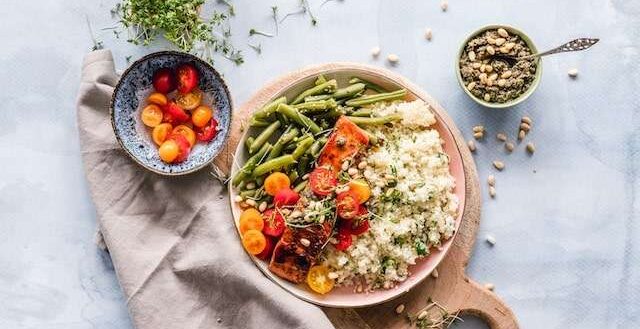
Cooking techniques, secrets, and tips from the kitchen
- Cooking salmon with the skin on is the best way to retain the fish’s healthful oils, thus flavouring the skin is a top priority. Like with chicken, you want the skin to be crisp and aromatic. Your salmon will come out perfectly cooked if you start by grilling it skin-side down until the fat has rendered and the skin is lightly browned and crunchy.
- When cooking fillets with the skin on, you want the temperature to be high enough to crisp the skin, but you want to avoid letting the white ooze that sometimes seeps out of the meat. If you see liquid protein escape when cooking fish, you’re probably cooking it at too high of a temperature and drying it out. Maintain a medium-low heat on the stove, or better yet, sear on the stovetop and finish cooking in a hot oven, where the heat will be more consistent and even.
- Between medium and medium rare is when salmon really shines. Use a meat thermometer to make sure the inside of your fish is cooked to the proper temperature since it is difficult to tell by touch or by time alone. Fish, like beef, will continue to cook after being removed from the heat source, so remove it from the oven 5 degrees before it reaches the desired internal temperature and let it rest for 5 minutes before serving.
- The performance of the Heimlich is certain to ruin anyone’s evening. Choking hazards may be found in some cuts of salmon due to the presence of tiny pin bones. Thankfully, these are simple to locate and remove using a tweezer or needle-nose pliers. To locate them, just run your palm along the flesh side of your fillets in both directions.
- Even though fish is often served as a healthier option, it still requires a little amount of fat to properly cook. Flavour is transferred to the fish through the fat, and the fat also prevents the fish from sticking to the pan. In general, fish is fragile and may easily stick to cooking surfaces if you aren’t cautious. Even while fish doesn’t soak up much fat when cooking, you should still use enough of oil in your skillet, on your grill, or on that cedar plank. Better flavour and better texture are the results.
- Unlike the delicate aromas you get with other fish, salmon can take on bold flavour without sacrificing its own. Salmon with new potatoes, asparagus, and hollandaise sauce is delicious, but there is a whole other universe of taste combinations that truly highlight the fish’s adaptability.
- Cooking ‘en papillote‘ is a great way to boost your healthy eating reputation. Or, for those of you who don’t know French, it is salmon cooked in a paper bag. It’s easy to prepare, hygienic, and effective in retaining moisture and taste in salmon. These salmon parcels are fresh, flavourful, and convenient for prepping in advance, making them ideal for dinner parties or romantic dinners for two.
- A simple yet underutilised trick to convince youngsters to try salmon is to bread it with panko. Panko crumb is a golden, crispy breading used to cover anything from fish and shellfish to meat and even vegetables in Japan. It’s a no-brainer to win over picky eaters by giving fish a sneaky ‘chicken nugget’ like appeal. The upside is that they’ll receive the health benefits of salmon instead of the questionable credentials of chicken nuggets.
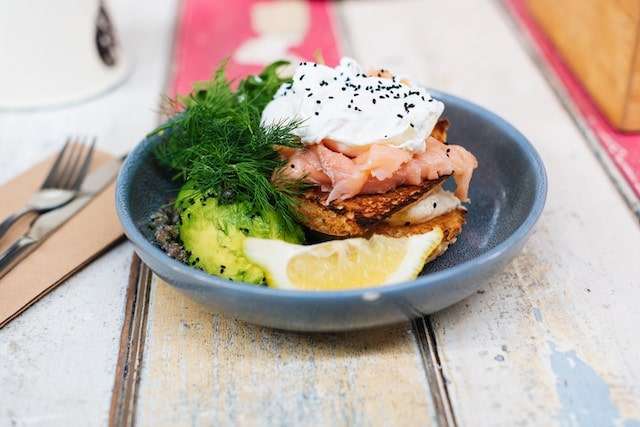
History of salmon from the beginning until today
- Aside from shrimp, the salmon is the aquatic species that is farmed the most and is also the one that is consumed the most. Somewhere about 200,000 years ago, it is believed that Neanderthal Man ate salmon.
- Both the Gaul’s and the Romans created ponds for the purpose of preserving salmon for an extended period of time after it was captured in rivers. The kings of France, including Charles V (1338–1380), were known to be particularly fond of the fish even back when it was given to them on their feasts.
- There were recipes for salmon that called for it to be grilled or smoked that were included in a well-known collection of mediaeval cuisine written by Guillaume Tirel (known as Taillevent) that dates back to the 14th century. On their own territories, the mediaeval lords had complete authority over activities such as fishing and shooting. However, these rights were abolished after the French Revolution, which led to an increase in the significance of the commercial exploitation of river resources.
- The predicament of various animals is distinct from one another. The Atlantic salmon has been eradicated from the majority of rivers in Europe. The fish farm, which is mostly located in Norway, is now the most significant factor in the global consumption of salmon.
- In the year 1840, New England was the first region in the nation to begin canning salmon, and they sent it all the way to California. By 1864, the roles had been reversed, and California was the one sending canned salmon to the eastern states. As a result of overfishing, all Atlantic salmon consumed now originate either from Canada or Europe rather than the seas of the East.
- The situation is completely different for the salmon that live in the Pacific Ocean. The numbers of Royal, Red, Silver, Pink, and Keta salmon are still significant, mostly as a result of a policy that establishes rather stringent limitations.

